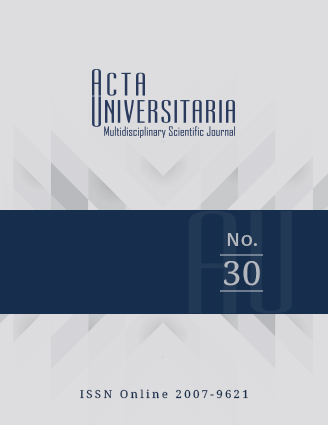Publicado 2020-10-28
Cómo citar
Resumen
Se presenta el diseño y la validación de un cuestionario orientado a medir la aceptación de la programación por pares y los beneficios percibidos por los alumnos que la utilizan en el contexto educativo universitario. El proceso incluyó el descubrimiento de estos dos factores latentes a través del análisis factorial exploratorio y su respectiva ratificación a través del análisis factorial confirmatorio. Se consiguió obtener valores adecuados de ajuste del modelo (CMIN/DF = 1.15, CFI = 0.98, SRMR = 0.08, RMSEA = 0.06, PClose = 0.39), de consistencia interna (Aceptación: CR = 0.82; Beneficios: CR = 0.73), de validez convergente (Aceptación: CR = 0.82, AVE = 0.61; Beneficios: CR = 0.73, AVE = 0.48) y de validez discriminante (HTMT = 0.72). Como trabajo futuro queda la aplicación de la versión final del cuestionario aquí presentado.

